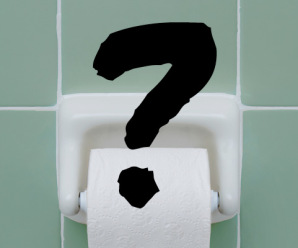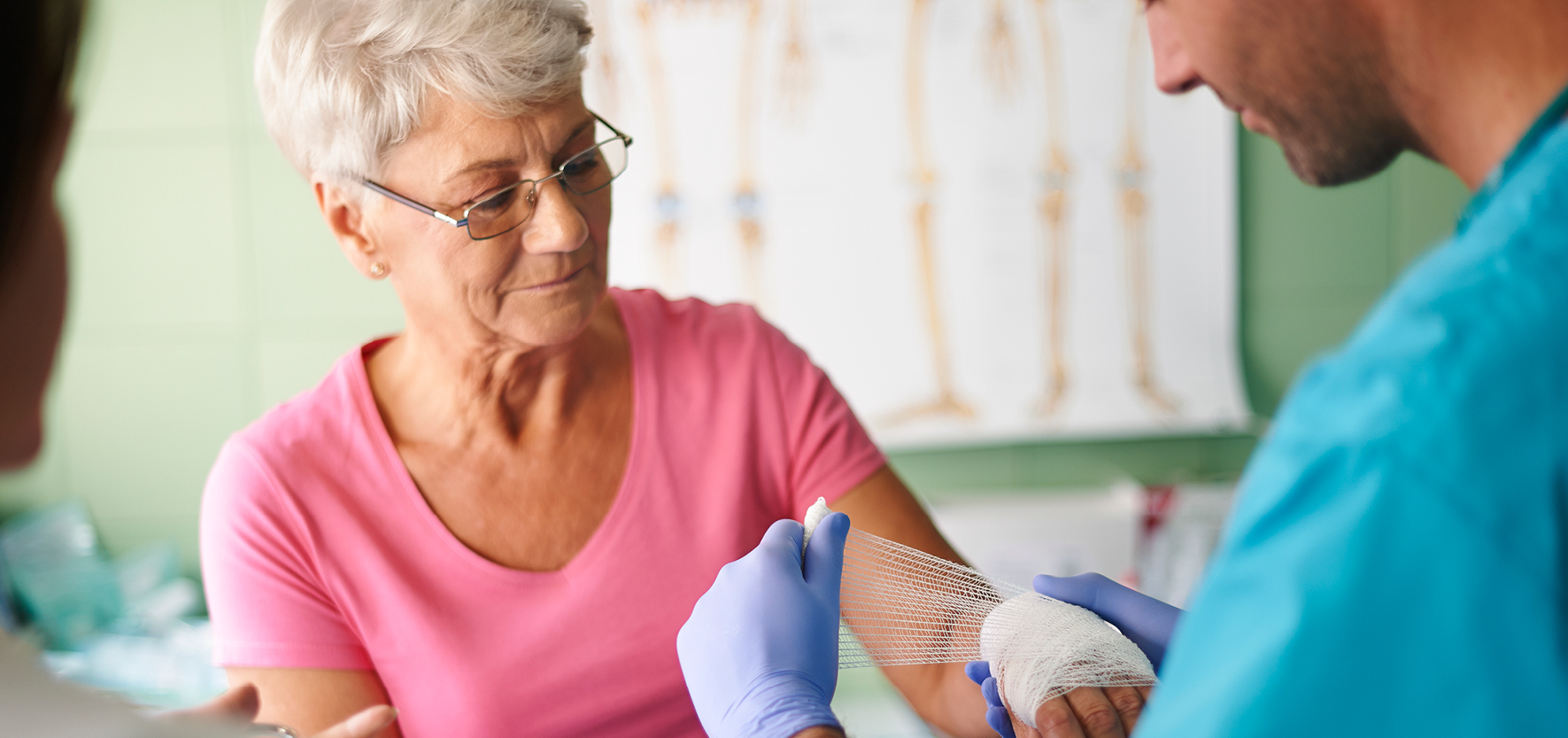
If you break out in a rash after spending time in the sun, you may be allergic to the sun.
A sun allergy causes different symptoms than the redness, pain and peeling of a sunburn. Some people get a rash or hives when their skin is exposed to the sun’s rays.
There are two main types of rashes caused by sun allergies: PMLE and solar urticaria.
Polymorphous light eruption, or PMLE
PMLE is a rash that looks like many mosquito bites. The rash is most intense in late spring when the sun is higher in the sky but tends to improve over the summer.
“It’s very itchy, uncomfortable and a major nuisance,” said Erica Gyorfi, a certified physician assistant in dermatology at Marshfield Clinic Health System.
The bumps can be treated with a steroid cream, but the best way to stay rash-free is to use sun protection.
Solar urticaria
Solar urticaria, or hives caused by the sun, is less common than PMLE but can be more serious.
“The condition can cause an anaphylactic reaction, or inability to breathe, in severe cases,” Gyorfi said.
People who experience mild solar urticaria can avoid a reaction by using sun protection, but people who have severe reactions should stay indoors when it’s sunny.
If you think you have a sun allergy, you should see a dermatologist.
Sun allergies caused by connective tissue diseases
Certain connective tissue diseases cause skin reactions to the sun. Two of these diseases are dermatomyositis, which involves skin and muscle inflammation, and lupus.
Sun exposure can worsen skin lesions common among people who have lupus and dermatomyositis.
“In some cases, patients are so sensitive to the sun that a bad sunburn will cause an immune system reaction that damages internal organs,” Gyorfi said.
Medications can cause skin reactions
Some medications can cause skin reactions to the sun. While you won’t get a rash that’s typical of a sun allergy, you could end up with a bad sunburn.
“Doxycycline, Benadryl and the prescription acne treatment Accutane make the skin more susceptible to sunburn,” Gyorfi said.
You can also develop reactions from sun from other things that are applied to the skin. For example, lime juice left on hands and then exposed to the sun can cause a reaction.
“Topical medications such as tretinoin or fluorouracil can also leave you more sensitive to the sun,” Gyorfi said.
Avoid sun allergy symptoms
Not surprisingly, common sun protection methods are the best way to stop a sun allergy from flaring up.
- Wear long sleeves, pants, a hat and sunglasses.
- Stay in the shade.
- Stay indoors during the hottest part of the day, between 10 a.m. and 4 p.m.
- Use sunscreen with a physical blocker like zinc oxide or titanium dioxide.
- Reapply sunscreen each time you get out of the water or dry off with a towel, or every hour if you’re sweating.
Gyorfi suggests using sun protection even if you don’t have a sun allergy.
“Skin cancer is much more common than sun allergies,” she said.
For help with a rash, talk to a Marshfield Clinic Health System provider.
Schedule appointment Message your provider
Related Shine365 articles
Dermatomyositis: An uncommon skin and muscle disease
Lupus: Recognize symptoms early to reduce complications
Signs and treatments for rheumatoid arthritis, an autoimmune disease






Leave a Reply